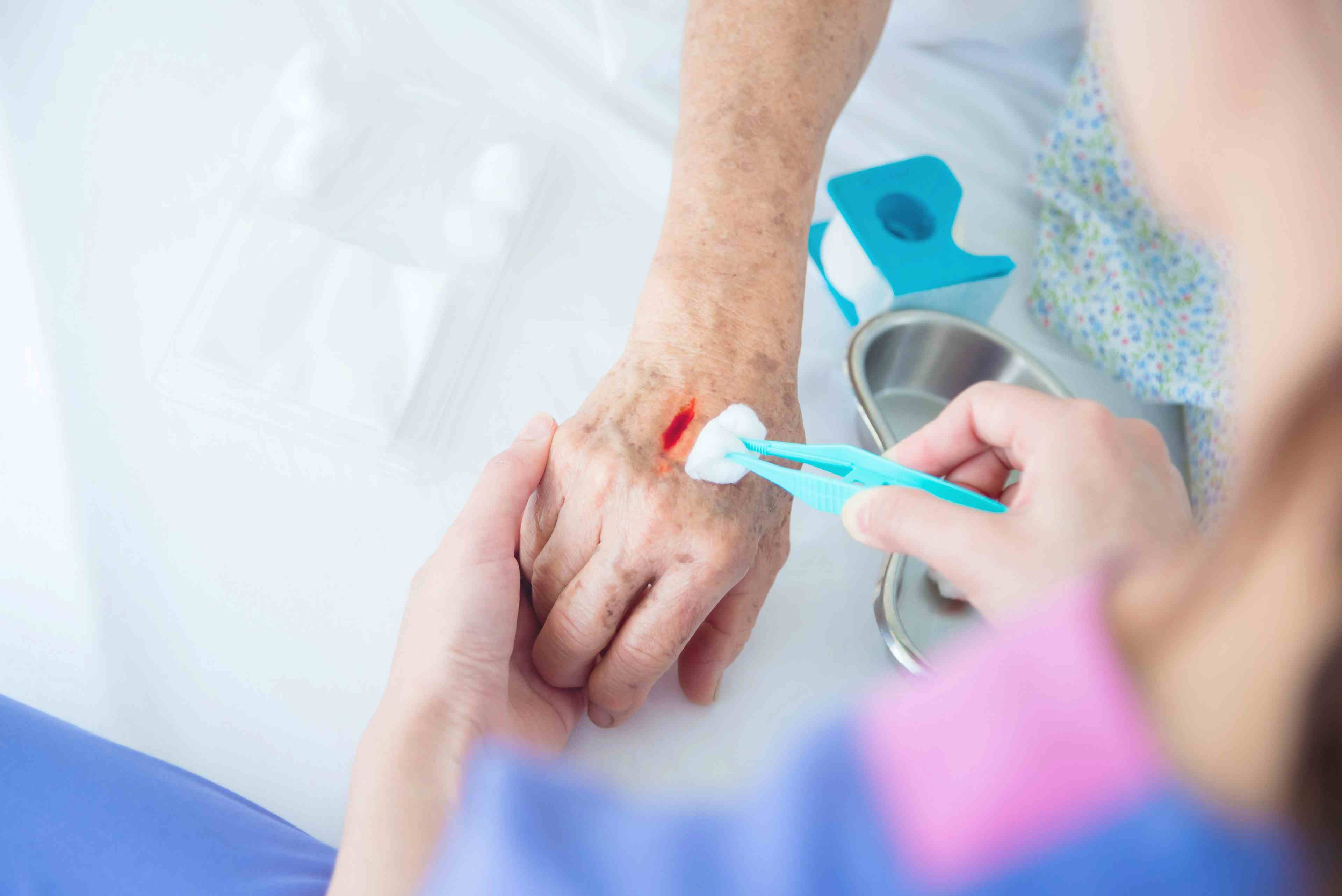- Acne
- Actinic Keratosis
- Aesthetics
- Alopecia
- Atopic Dermatitis
- Buy-and-Bill
- COVID-19
- Case-Based Roundtable
- Chronic Hand Eczema
- Drug Watch
- Eczema
- General Dermatology
- Hidradenitis Suppurativa
- Melasma
- NP and PA
- Pediatric Dermatology
- Pigmentary Disorders
- Practice Management
- Precision Medicine and Biologics
- Prurigo Nodularis
- Psoriasis
- Psoriatic Arthritis
- Rare Disease
- Rosacea
- Skin Cancer
- Vitiligo
- Wound Care
Article
Topical cantharidin shows efficacy, safety for molluscum contagiosum treatment
Author(s):
Molluscum contagiosum can often have a negative impact on the quality of life of affected children. Recent data show high lesion clearance compared with placebo.
A novel drug-device combination – VP-102, Verrica - containing a topical formulation of cantharidin has shown promise in the treatment of molluscum contagiosum, show the results of phase three randomized double blind controlled trials. The results were presented in a poster at The Society for Pediatric Dermatology 44th Annual Meeting, held July 11-14 2019, in Austin, Texas.
Molluscum contagiosum is a highly contagious pediatric skin infection caused by molluscum contagiosum virus, a DNA poxvirus for which there are currently no treatments approved by the U.S. Food and Drug Administration (FDA).
Untreated, molluscum lesions persist for an average of 13 months, but in some cases the warts will remain for more than two years. VP-102 is a novel investigational topical therapy that contains a solution of 0.7% cantharidin in a proprietary single-use applicator. Cantharidin, is a naturally occurring vesicant that causes degradation of desmosomal plaques.
A total of 528 patients aged at least two years were enrolled at 31 centers in the United States in two phase three studies (CAMP-1 and CAMP-2) and randomized 3:2 to VP-102 or vehicle.
VP-102 or vehicle was administered topically to all treatable lesions every 21 days until clearance or a maximum of four applications. At day 84, patients who had received VP-102 achieved a higher rate of complete clearance. In CAMP-1, 46% of patients receiving VP-102 achieved complete clearance versus 18% with vehicle, and in CAMP-2, it was 54% versus 13%.
Over the same time period, patients treated with VP-102 had a mean reduction of 69% and 83% in the number of molluscum lesions, in CAMP-1 and CAMP-2, compared to 20% and 19% respectively with vehicle.
Treatment-emergent adverse events were primarily mild to moderate, with the most common being related to the drug's mechanism of action, including application site vesicles, erosion, scab, and erythema.
In CAMP-1, five patients in the VP-102 group (3%) and no patients in the vehicle groups discontinued due to adverse events, and in CAMP-2, one patient in each group discontinued.
“Molluscum contagiosum can often have a negative impact on the quality of life of affected children, exacerbated by the skin irritation and inflammation that can result as complications of the disease,” says Lawrence Eichenfield, chief of pediatric and adolescent dermatology at Rady Children’s Hospital-San Diego and lead investigator for the VP-102 phase 3 molluscum program.
“The high lesion clearance rate demonstrated at day 84 for VP-102 compared to placebo in the phase 3 trials is clinically significant and could potentially position VP-102 to become the standard of care for treating molluscum,” he says.
References:
Eichenfield LF, Willson C, McBride ML, Davidson MG, Burnett PE. CAMP-1 and CAMP-2: Phase 3, Randomized, Double-Blind, Vehicle-Controlled, Pivotal Studies Investigating VP-102, a Novel Drug-Device Combination Containing a Topical Formulation of Cantharidin for the Treatment of Molluscum Contagiosum. Poster presented at: The Society for Pediatric Dermatology 44th Annual Meeting; July 11-14 2019; Austin, Texas.
















